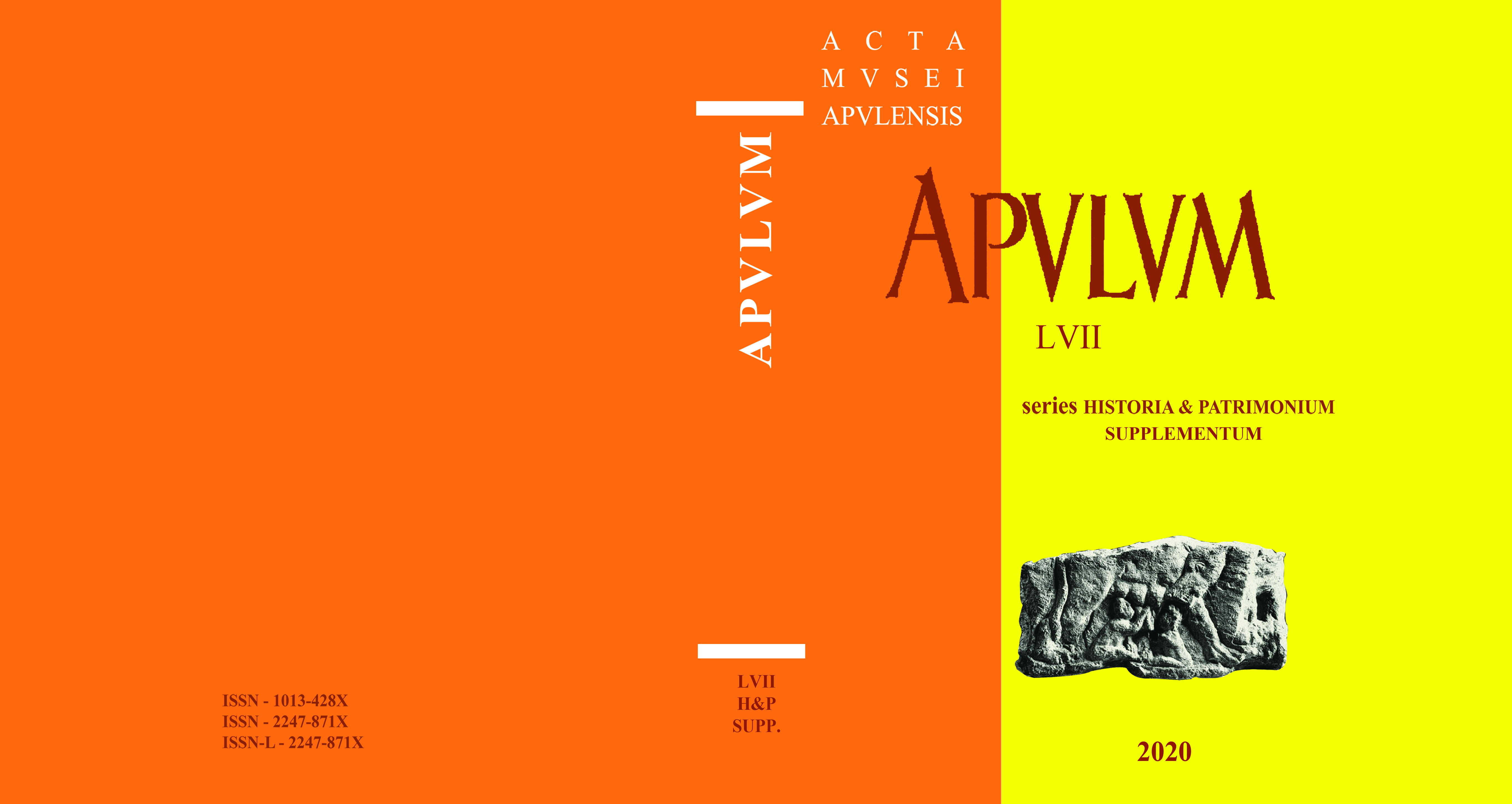Formarea colecției de cărți a contesei Bethlen Zsuzsanna de Iktár reflectată în ex-libris-urile autografe și listele de cărți realizate de contesă
Making of the Book Collection of Countess Bethlen Zsuzsanna de Iktar Reflected in the Manuscript Ex-Libris and Lists of Books Compiled by the Countess
Author(s): Klára LázokSubject(s): History, Cultural history, Museology & Heritage Studies, Library and Information Science, Cataloguing
Published by: Muzeul National al Unirii Alba Iulia
Keywords: book collecting; XVIIIth century; Teleki Library; Zsuzsanna Bethlen de Iktár; manuscript ex libris;
Summary/Abstract: Countess Bethelen Zsuzsanna de Iktar’s Hungarian book collection is part of the library of Samuel Teleki de Szek, chancellor of Transylvania and founder of the Teleki Library of Târgu Mureș, a library that consists of 40,000 volumes. Since 1802, the countess’ books are kept on the imposing shelves at the entrance of the main hall of the Teleki Library. There are 747 volumes out of which 360 bear the countess’ signature on the flyleaf or the front endpaper. The majority of the unsigned volumes are also listed in the countess’ contemporary manuscript catalogues, but a small part of the collection was put on the shelves after her death. The importance of this collection from the point of view of old book research in Transylvania lies in the fact that it is the only library of an 18th-century noblewoman in the case of whom both the contemporary catalogues compiled by or managed by the collector and the books themselves have survived. Beyond the mere presentation of the printed bookplates and the possessor notes, this fact enables us to approach these sources from a broader perspective, using them in order to construct a hypothesis regarding how this library came to life. Thus, in this paper after a) the presentation of the bookplates, b) the countess’ different possessor notes and c) manuscript catalogues she or someone else compiled, we tried to approach a more extensive interpretation of the countess’ collection confronting these with the actual books on the shelves. By putting this little piece of puzzle on its place, the profile of a frail but conscientious book collector emerges.
Journal: Apulum
- Issue Year: 57/2020
- Issue No: 1 supp.
- Page Range: 45-56
- Page Count: 12
- Language: Romanian
- Content File-PDF

